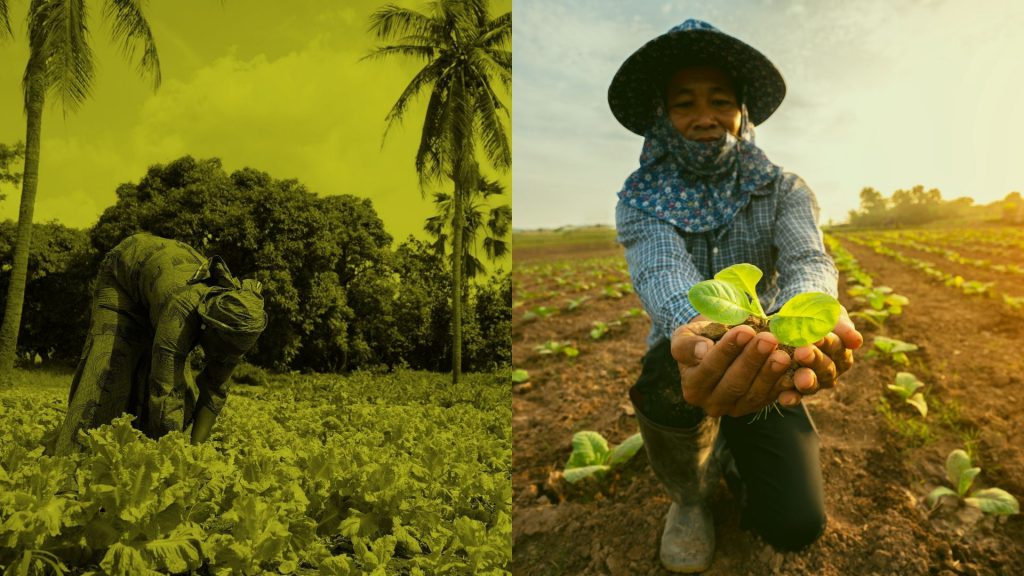Column by By Michael J. Ssali
As we begin this rainy season, many crop farmers across the country are preparing to plant seeds. Seeds are a major input in crop production. If the seeds are of poor quality, the farmer will not get high yields even if the soil is good and the rainfall plentiful.
For centuries, farmers have planted seeds preserved from the previous harvest, based on yield performance, taste, and appearance. Today, however, farmers are faced with new challenges, including a rapidly growing population to feed, malnutrition, depleted soils, climate change resulting in unreliable weather patterns and crop diseases, loss of bio-diversity, and man’s destruction of the natural environment.
The new crop production challenges point to the urgent need for different approaches and new technologies especially with regard to seed selection. In an effort to find a solution to the challenges, scientists in our national agricultural research stations and elsewhere have come up with improved seed varieties that are resistant to disease, more nutritious, high yielding, and tolerant to drought and poor soils.
We also have a few seed companies that supply good seeds to farmers’ shops. There are, however, some fake seeds on the market and farmers have got to watch out.
A recent study report titled “Access to Seeds Index 2019” —- published by the Access to Seed Foundation, has indicated that less than 10 per cent of the world’s smallholder farmers have access to improved, quality seeds that can halt hunger and tolerate climate change impacts.
Good quality seeds are rather expensive and hardly within the means of most smallholder farmers, but the benefits of planting good, clean seeds by far outweigh the perceived high cost of the seeds. Farmers can avoid buying fake seeds if they seek guidance of their area agricultural extension workers. They must also take interest in the expiry date of the seeds and any other literature that goes with it like the breeder’s guidelines for successful planting. The seeds might be good, but if they are planted late in the rain season, the farmer may lose them in the next dry season.




